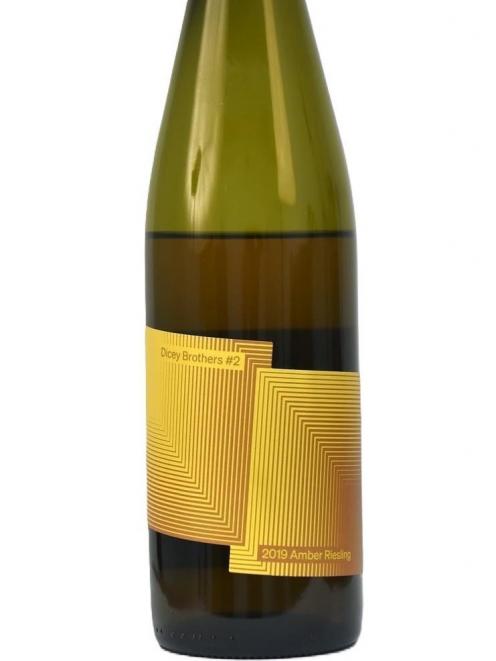
For winemakers it’s an opportunity to explore new territory and challenge their minds. A couple of these styles follow.
In recent email contact with winemaker/general manager of Mount Edward, Duncan Forsyth, discussing the O2 Chenin and another project in the pipeline, he put it succinctly: "… loving these long term project wines that take us into completely new territory — I think it's the innovation and avant garde nature of things like this — our original forays into orange/pet nat, vermouth and then these, that keep the creative juices flowing alongside the classical nature of pinot noir.
"It’s nice to have a few firsts of course, but trying new things is challenging — especially when you are doing things that take years to get there".
Orange wines
Also called amber (appropriate given today’s two offerings) or skin contact wines, this wine style is centuries-old in its spiritual homeland of Georgia, where grape juice, skins and sometimes stalks are all put into large earthenware amphora called queveri to ferment and mature, the name reflecting the hue that the wine takes on from the colour anthocyanins in the skins. Distinct from modern white winemaking where grapes are crushed and the skins removed before fermentation, this style picks up phenolics and tannins from the grape skins (and stalks if used), offering completely different textures and mouthfeel.
The skin contact may range from days or weeks to several months, driven by the style the winemaker is seeking to achieve.
‘Sherry style’
Oxidation is generally the enemy of wine, but there are certain styles such as sherries from southern Spain, Vin Jaune from the Jura in France, Vin Santo from Italy and others in which intentional and controlled oxidation is an intrinsic part of the style. Long barrel ageing sees the colour darken and nutty aldehydes and rancio characters develop, along with incredible complexity. The "sherry style’’ name is perhaps an oversimplification, but goes some way to convey the style of this first of a kind from Central.
As they are made in tiny quantities, direct contact with the wineries is the best way to source them.
2022 Mount Edward Clockwork

2019 Dicey Brothers Amber Riesling #2

Mount Edward O2 Chenin














